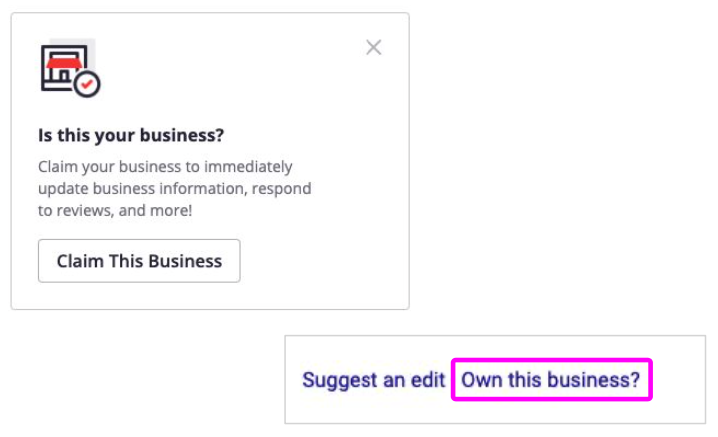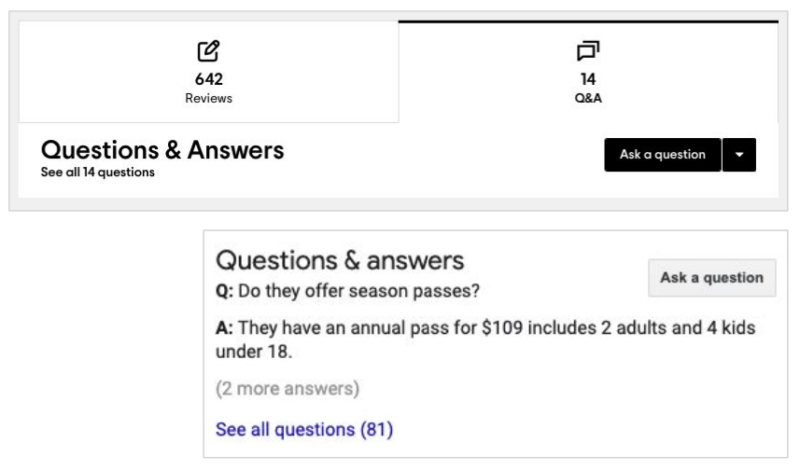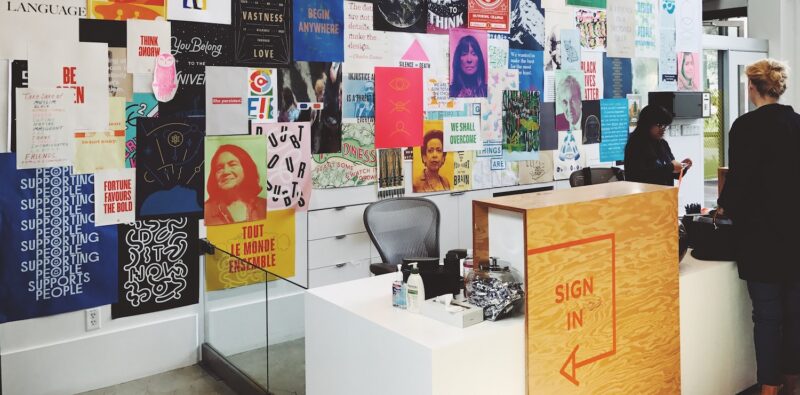You probably spend quite a bit of time updating and maintaining your museum website, but your official website isn’t the only place that your prospective visitors and supporters interact with your brand online. It’s likely their first interaction with your museum is another website, like TripAdvisor or local tourism sites. If you’re looking to optimize your museum’s online presence, it’s important to think about all the websites where your museum is represented, not just your own. Here’s checklist you can use to make sure your museum’s brand is strong across the full digital landscape:
Tips for Strengthening Your Museum’s Digital Brand
1. Claim your listings and ensure information is accurate.
Sites like TripAdvisor and Yelp can be a great asset for public galleries, libraries, museums and other cultural institutions, as it can introduce your brand to new audiences. But if you aren’t paying attention to your listings on these sites, they can be a major problem for your digital audience instead of a benefit.
For most of these sites, they’re getting their information by automatically scraping other sites, or using submissions from users. The information they have may not be correct! But you can override this information when you claim your listing and actively manage the information. It’s usually very easy to do. In most cases it involves finding the listing that already exists, and entering your information to prove that you are the legitimate owner.

2. Check your Google Analytics data for referral sites.
You probably already know about the big tourism sites, but could there be other sites that are sending you traffic you might not realize? Google Analytics can give you a list of sites that are referring traffic to your website. Take a look at this list and see if there are any additional sites where you could optimize your listing. (Not sure how to get to this info in Google Analytics? This article will help you find your referral traffic in Google Analytics 4.)
3. Manage your reviews.
Many third-party listing sites, including Facebook, are actively collecting and displaying reviews about your museum. As you know, many people heavily rely on reviews to form their opinions, so you want to make sure you’re addressing any negative reviews that may come in, and thanking people for positive ones. No matter how good your website is, if a potential visitor sees that you have lots of negative reviews and low ratings, they could write you off for good.
4. Prompt visitors to leave positive reviews.
Proactively encourage your visitors to leave reviews on sites like Google, TripAdvisor or Yelp. Lots of 5-star reviews send a positive signal to people searching online and considering a visit. They also help drown out the occasional negative review and keep your overall rating high.
5. Respond to messages and questions.
Some platforms also allow visitors to ask questions or send messages, and often anyone can leave an answer. Provide timely responses for an ideal customer experience, and make sure the answers that have been provided by other users are accurate!

6. Refresh your photos.
Take a peek at the photos being used on your listings and in your social media photo albums. Are they current? Are they high quality? If not, upload some fresh photos that showcase your institution in the best light.
7. Update your holiday hours.
Make sure that you update your holiday hours — especially on your Google listing — to avoid needlessly frustrating people. Nothing is worse than showing up to a museum that’s closed!
8. Leverage the Google Ads Grant to get found when users are searching.
Nonprofit organizations can get a grant from Google for $10,000/month to run pay-per-click search ads. Search engine marketing — particularly when it’s funded by a grant! — is an amazing way to get your museum brand in front of people at the exact time they are searching for related terms.
9. Encourage visitors to share their experience on social media.
User generated content is a powerful way to organically expand your reach. You can re-share content on your social media channels to keep your feeds fresh and authentic.



